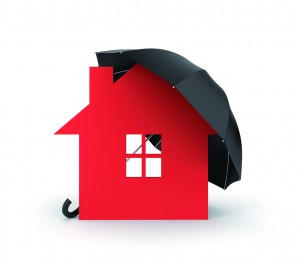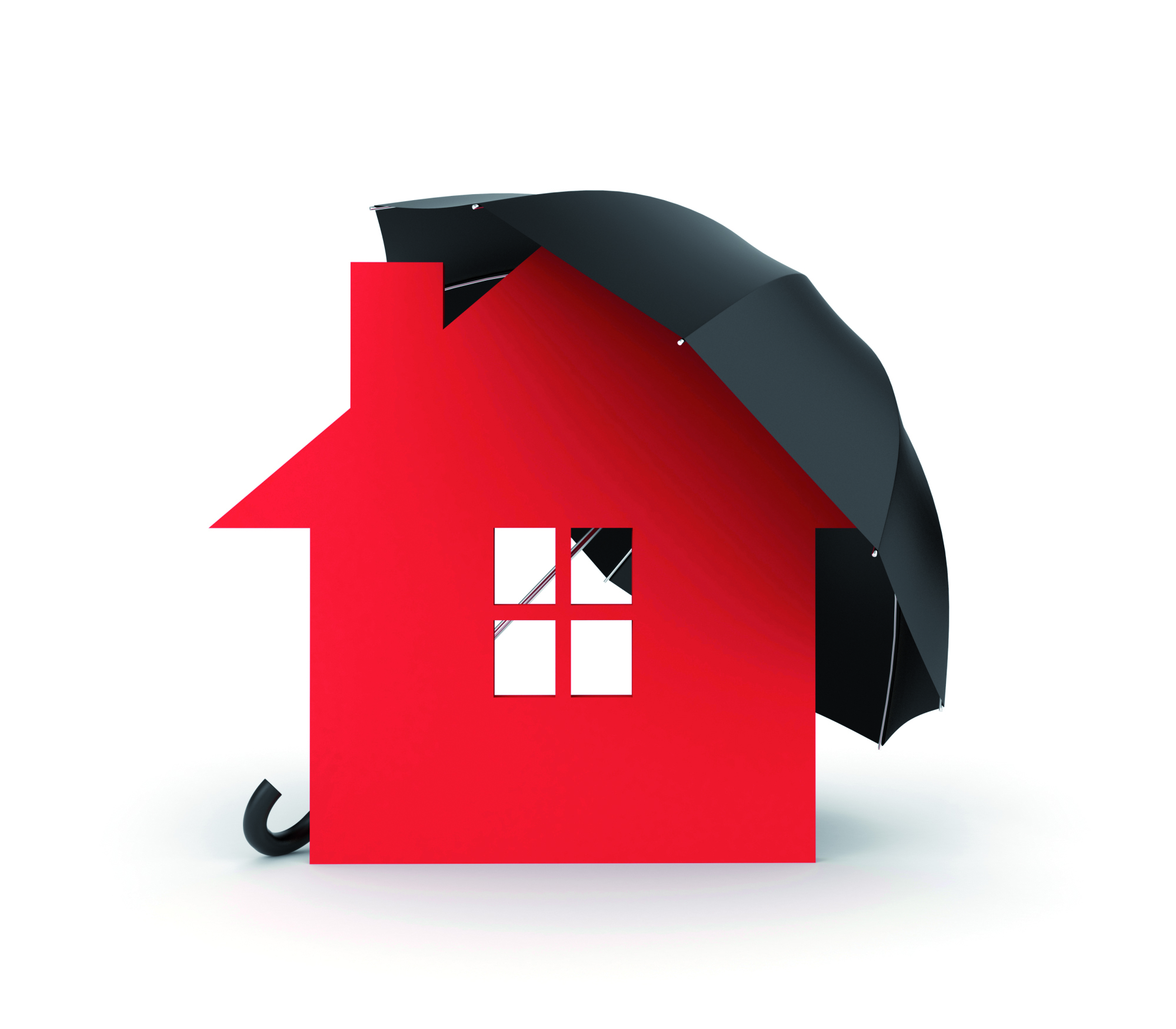 The AA is concerned that many homeowners may be ill-prepared for the current Siberian weather conditions after being lulled into a false sense of security by the unseasonably mild winter before now.
The AA is concerned that many homeowners may be ill-prepared for the current Siberian weather conditions after being lulled into a false sense of security by the unseasonably mild winter before now.
And with last winter’s weather causing damage in over 7 million households, leaving homeowners with a £3.1bn repair bill, the AA is urging people to think back to prepare their homes for the current cold snap*.
With the Government’s new Cold Weather Plan providing advice for individuals to combat the cold, the AA’s Home Emergency Response service is advising homeowners to carry out cold weather preparations on their home, to minimise the chance of emergencies.
Last winter, the average cost of a home emergency not covered by insurance was £596. The most common problems the AA Home Emergency Response team dealt with were plumbing related, with burst pipes or leaks accounting for 45 per cent of all home emergency call outs. The AA advises that although sometimes leaks will be unavoidable, there are some simple measures home owners can take to help protect their pipes:
- Make sure that pipes in lofts and any exposed areas are sufficiently insulated; and remember that the thinner the diameter of the pipe, the thicker the insulation it requires
- Make sure the loft is also lagged – the current recommended depth of mineral loft insulation is 270mm
- If you’re away and temperatures are due to drop, leave the loft hatch open slightly to allow warmer air to circulate
- If the house is going to be unoccupied for an extended period, turn off the stop valve and drain the system
- Even if the house is occupied, locate the main internal water stop valve so the water supply can be turned off in an emergency – normally found under the kitchen sink, under-stairs cupboard or where the service pipe enters the building. It’s also worth making sure that it’s not seized up and that you can operate it.
- Replace the washers on any dripping taps – drips will increase the risk of freezing – and get any leaking pipes fixed now
- If a pipe does freeze, don’t defrost it with a blow torch or heat gun, just gently thaw it with a hair dryer or hot water bottle
Tom Stringer, of AA Home Emergency Response, says: “As many of us enjoyed unseasonably mild weather for much of this winter it’s easy to forget the extremely cold winters of the last few years and be unprepared for the current cold snap. Our research has shown that winter emergencies can land homeowners with some hefty bills, which may not be covered by their standard home insurance. Others think they won’t be one of the unlucky ones this year.
“We know that things do go wrong regularly, particularly in winter, and the repairs bills can be very high. We would suggest that people look carefully at their home insurance policy and if they find they are not covered, consider a stand-alone home emergency policy to provide them with complete peace of mind.”




